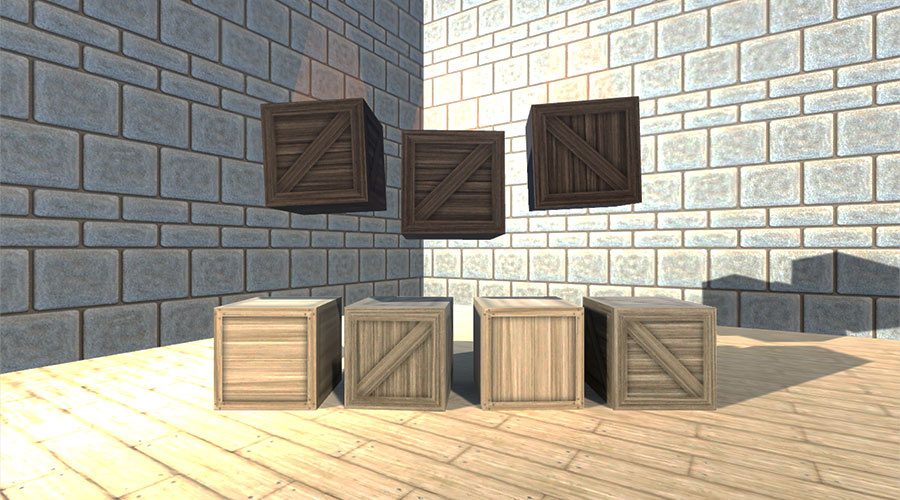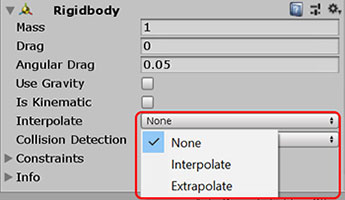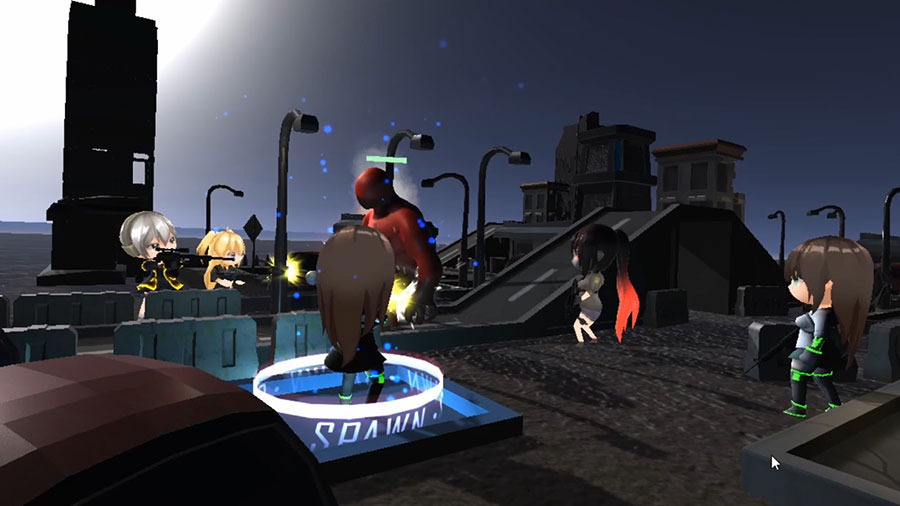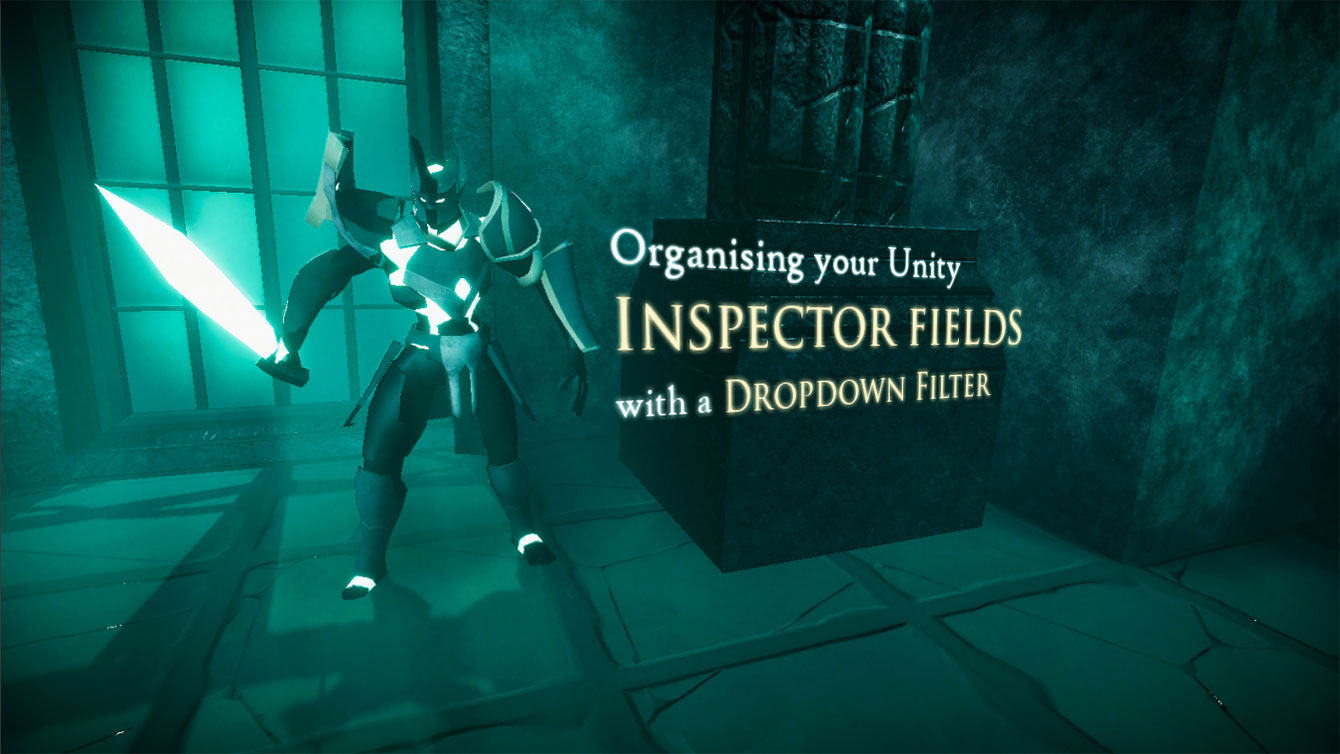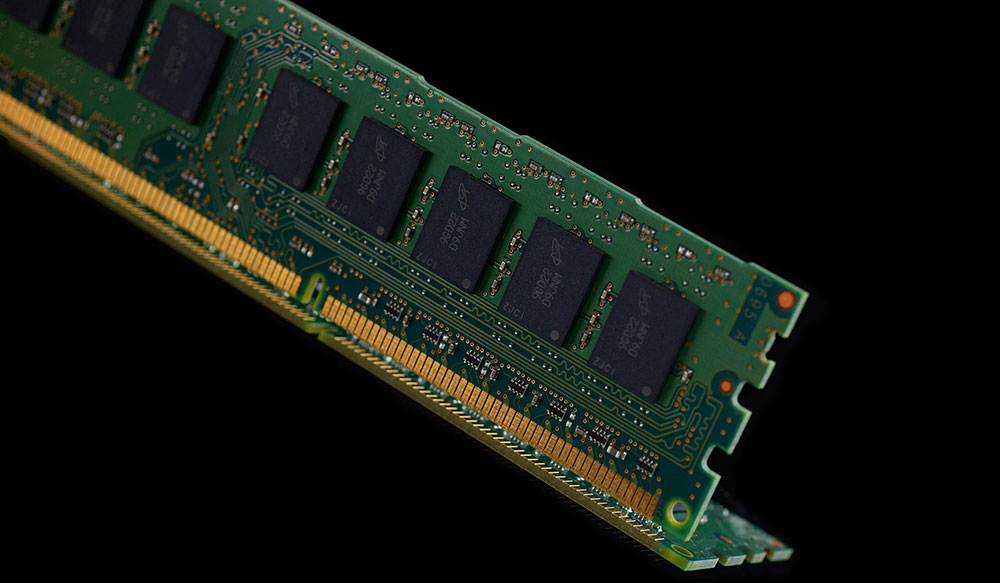Over the last couple of weeks, I’ve been tinkering with PHP’s gettext to set up internationalisation for one of my web apps (i.e. getting it ready for translation into different languages). Even though there were many step-by-step guides and Stack Overflow topics on the web, all detailing a similar set of instructions, following them did not work things out for me.
After some frustration and a lot of time tinkering, it turns out that these guides were missing some pieces of information. If you are tearing your hair out troubleshooting PHP gettext, this article might be just what you’re looking for.
Continue reading
